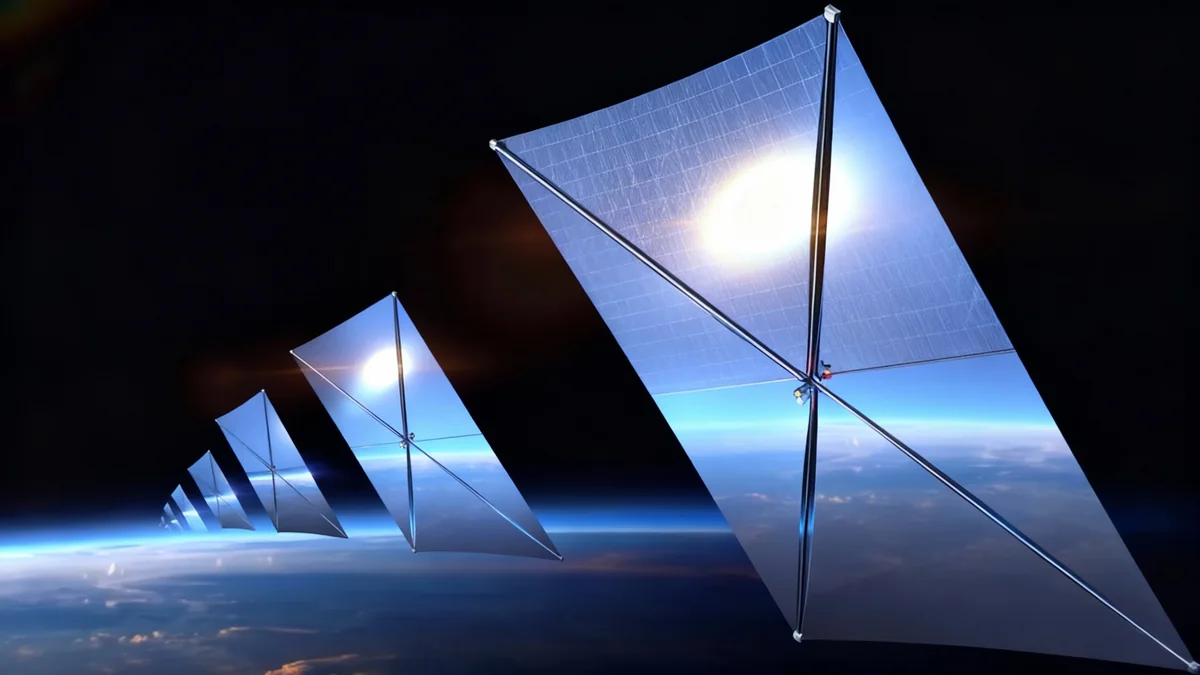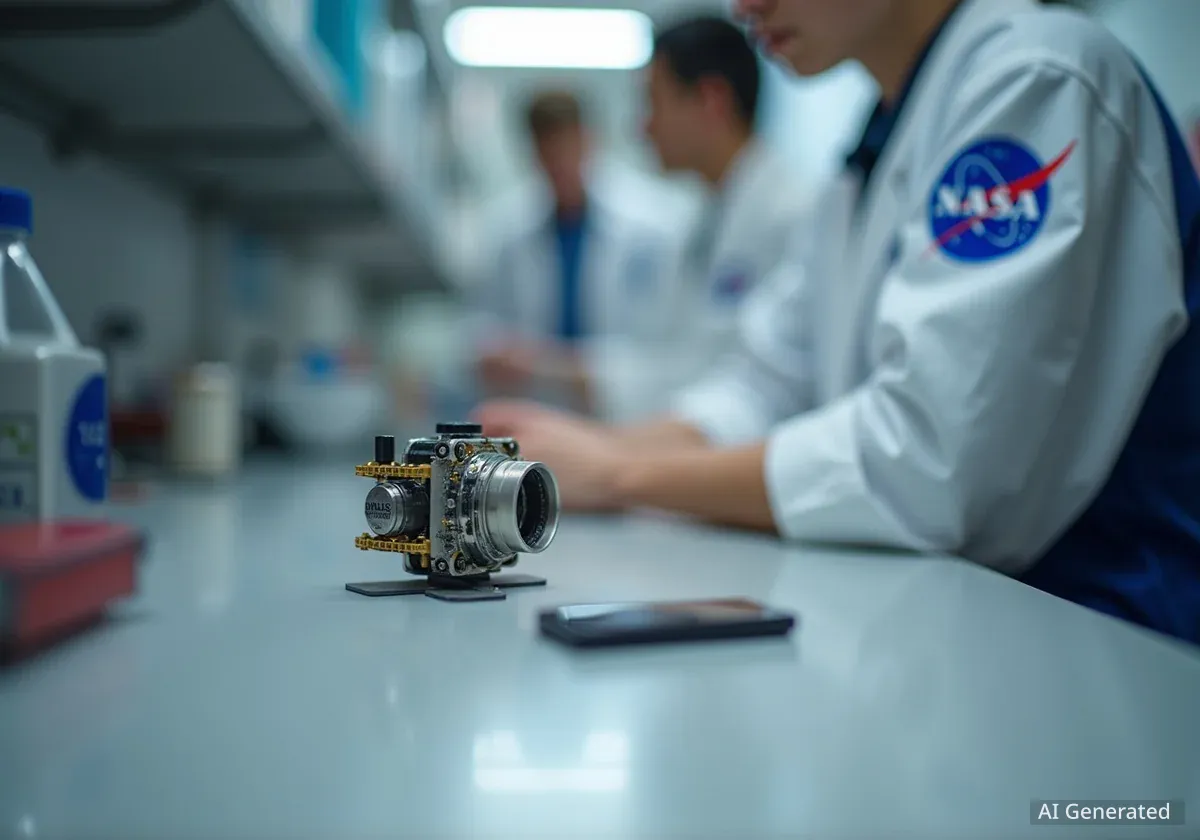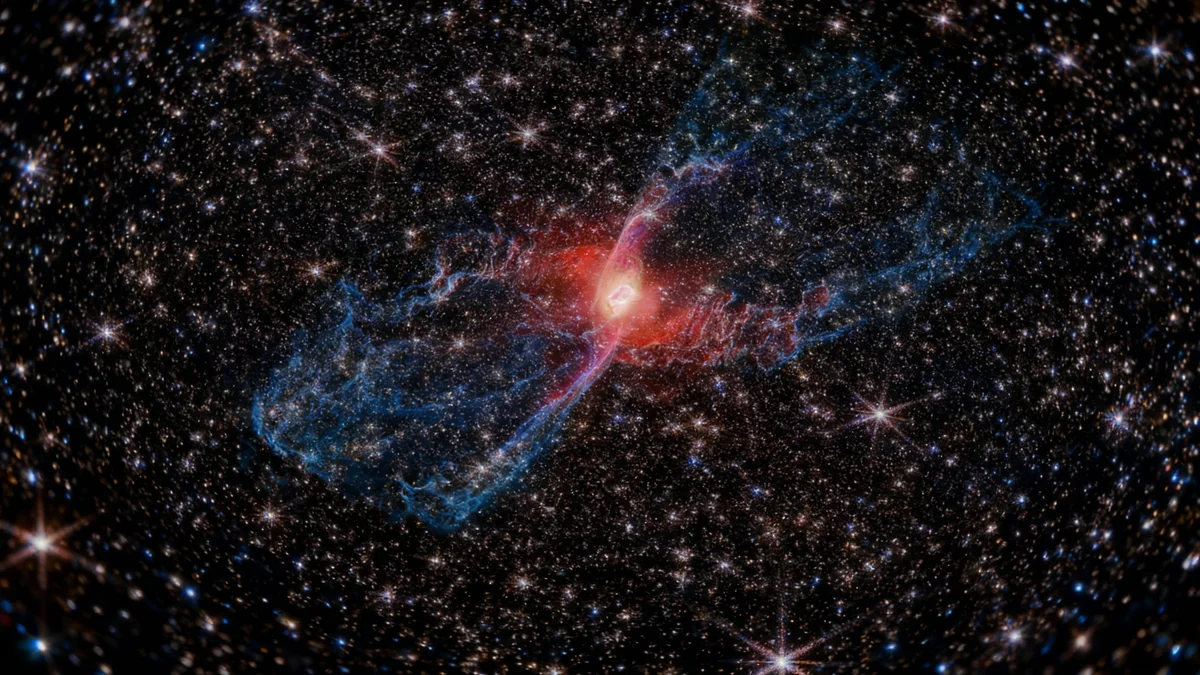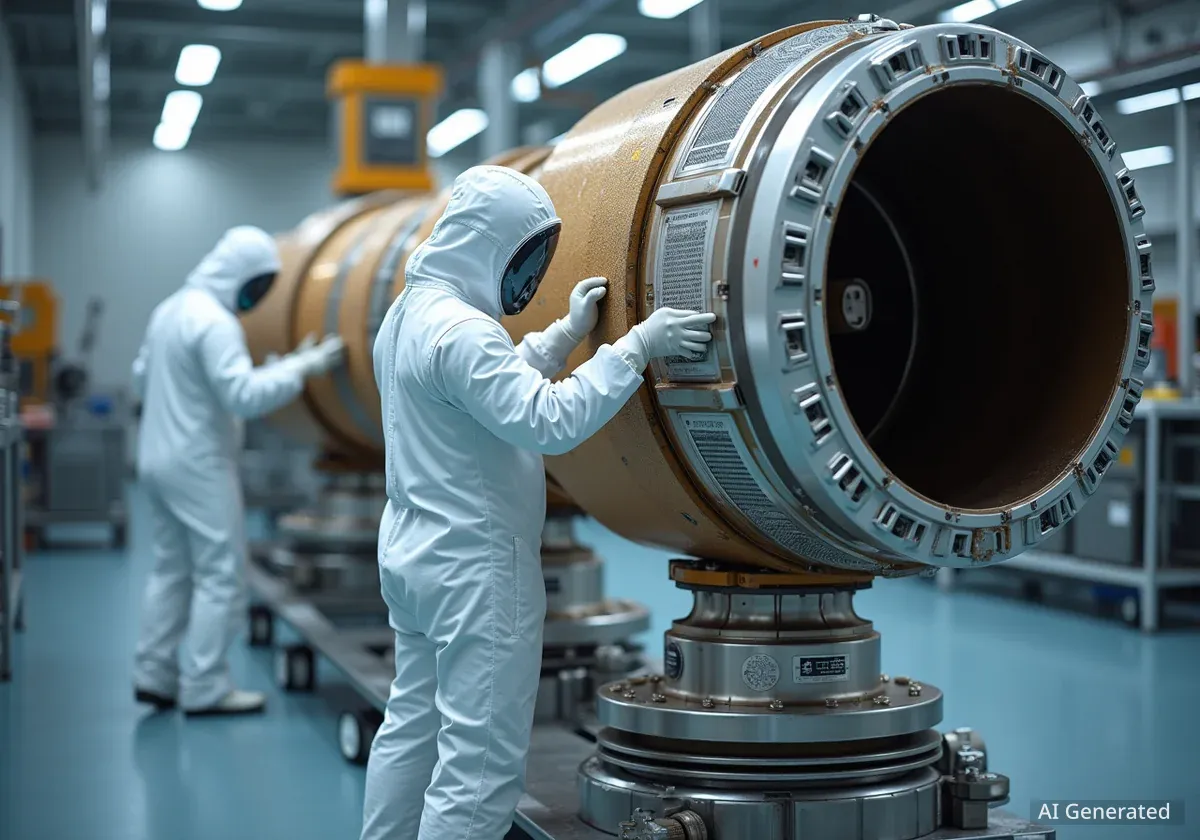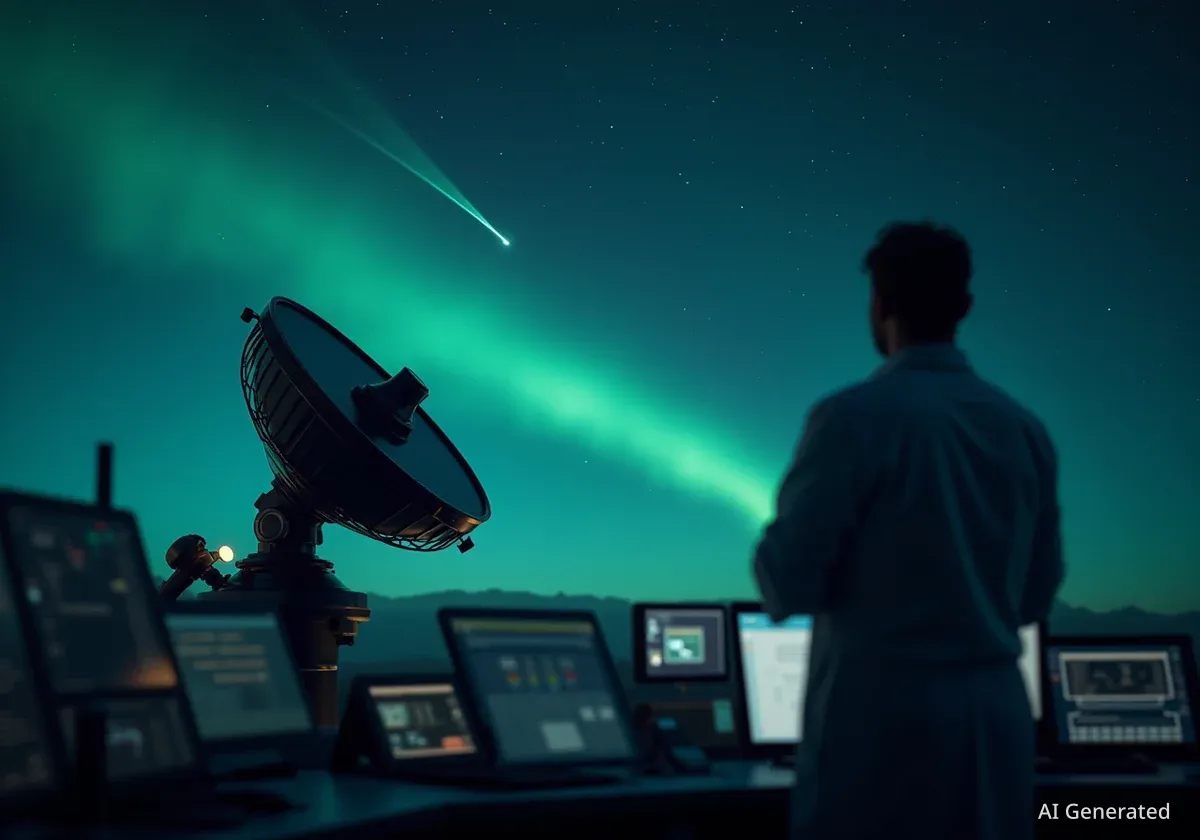A California-based startup has unveiled a plan to launch thousands of large mirrors into orbit to reflect sunlight onto Earth during the night, a proposal that has drawn sharp criticism from astronomers and space safety experts who warn of potentially catastrophic consequences for science and the environment.
The company, Reflect Orbital, intends to create a constellation of up to 4,000 reflectors in low Earth orbit by 2030. The stated goal is to sell targeted sunlight to customers for applications such as nighttime solar power generation and extended crop growing seasons. However, the scientific community has raised alarms about unprecedented light pollution and other significant risks.
Key Takeaways
- Reflect Orbital plans to deploy 4,000 mirrors in orbit to redirect sunlight to Earth's surface at night.
- The company has filed for its first test launch, EARENDIL-1, scheduled for early 2026.
- Astronomers warn the project could be "catastrophic" for ground-based telescopes due to extreme light pollution.
- Experts question the technical viability and economic feasibility of the plan, citing previous failed attempts by other nations.
- Concerns also include potential risks to aviation, wildlife, and the growing problem of space debris.
The Ambitious Plan to 'Sell Sunlight'
Reflect Orbital, founded in 2021, has submitted an application to the U.S. Federal Communications Commission (FCC) for its first prototype satellite. Named EARENDIL-1, this initial reflector is designed to be up to 18 meters across, creating a surface area of approximately 325 square meters.
Once in a sun-synchronous orbit, the mirror would be positioned to catch sunlight and bounce it to a designated area on the planet's dark side. The company projects that a single mirror could illuminate a patch of ground up to 5 kilometers wide with a brightness four times that of a full moon. Future reflectors in the full constellation could be significantly larger, reaching up to 54 meters across.
The company suggests its services could revolutionize industries by extending daylight hours. Potential uses include illuminating solar farms after sunset, providing light for agriculture, and replacing conventional street lighting in urban areas.
A Concept Tried Before
The idea of space mirrors is not new. In the 1990s, Russia launched two test satellites named Znamya with a similar objective. Both missions encountered significant technical difficulties with controlling the reflectors, and the program was ultimately canceled after the satellites quickly burned up in the atmosphere. This history raises questions about the engineering challenges Reflect Orbital faces.
Widespread Condemnation from the Scientific Community
Despite the company's vision, the reaction from scientists has been overwhelmingly negative. The primary concern is the deliberate creation of a new, intense source of light pollution that could render ground-based astronomy nearly impossible.
"The central goal of this project is to light up the sky and extend daylight, and obviously, from an astronomical perspective, that's pretty catastrophic," Robert Massey, deputy executive director at the U.K.'s Royal Astronomical Society, told Space.com.
Astronomers are already struggling with the growing number of satellites, like SpaceX's Starlink constellation, which inadvertently reflect sunlight and create streaks in telescopic images. A system designed specifically to maximize reflection is seen as a far greater threat.
Practicality and Viability Questioned
Beyond light pollution, experts doubt the project's fundamental feasibility. Fionagh Thomson, a space ethics researcher at Durham University, described the plan as "flawed from the outset, technically speaking," pointing to the immense engineering complexity of controlling thousands of large, thin structures in a crowded orbital environment.
The economic model has also been scrutinized. Critics argue that the amount of energy generated by illuminating solar panels with reflected light—which would be thousands of times weaker than direct sunlight—would be minimal. Furthermore, each mirror could only focus on a single location for a maximum of four minutes at a time as it orbits the Earth.
Energy Generation Concerns
Calculations suggest the light reflected by the mirrors would be far too weak to generate substantial power from solar farms. Experts estimate the cost of producing energy this way would be "eye-wateringly expensive" compared to existing renewable energy storage solutions like batteries.
Safety and Environmental Risks Magnified
The potential dangers extend beyond scientific research. Experts have warned of multiple safety and environmental hazards associated with a full constellation of space mirrors.
- Aviation Safety: Sudden, bright flashes from the mirrors could distract or temporarily blind pilots during critical phases of flight, such as takeoff and landing.
- Public Health: Stargazers or anyone looking at the reflectors through binoculars or a telescope could risk eye damage. Artificial light at night is also known to disrupt human sleep cycles and has been linked to health issues.
- Ecological Disruption: Light pollution is known to alter the behavior of nocturnal animals, affecting migration, hunting, and reproduction. The introduction of bright, moving light spots could have unforeseen consequences for ecosystems.
- Space Debris: The large surface area of the mirrors makes them prime targets for micrometeorites and existing space junk. A collision could shatter a reflector, creating thousands of new pieces of dangerous debris and potentially causing a loss of control.
Samantha Lawler, an astronomer at the University of Regina, expressed deep concern over the lack of oversight. "One tiny company in California can, with a few million dollars and the approval of a single U.S. federal agency, change the night sky for everyone in the world," she stated. "It's horrifying."
Reflect Orbital has stated it can mitigate some issues by rotating the mirrors when not in use. The company has also committed to an environmental risk assessment, but reportedly only after its first test satellite is launched. As the FCC reviews the application for EARENDIL-1, the global scientific community watches with apprehension, viewing the project as a dangerous precedent for the commercialization of the night sky.

